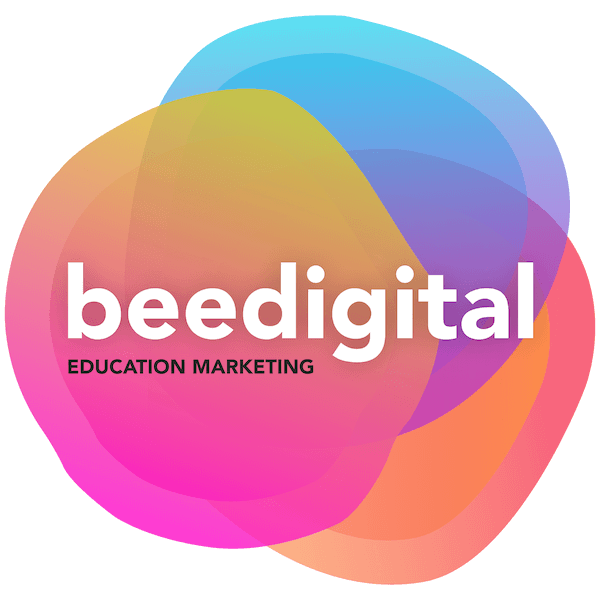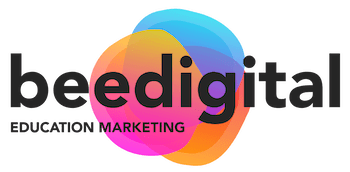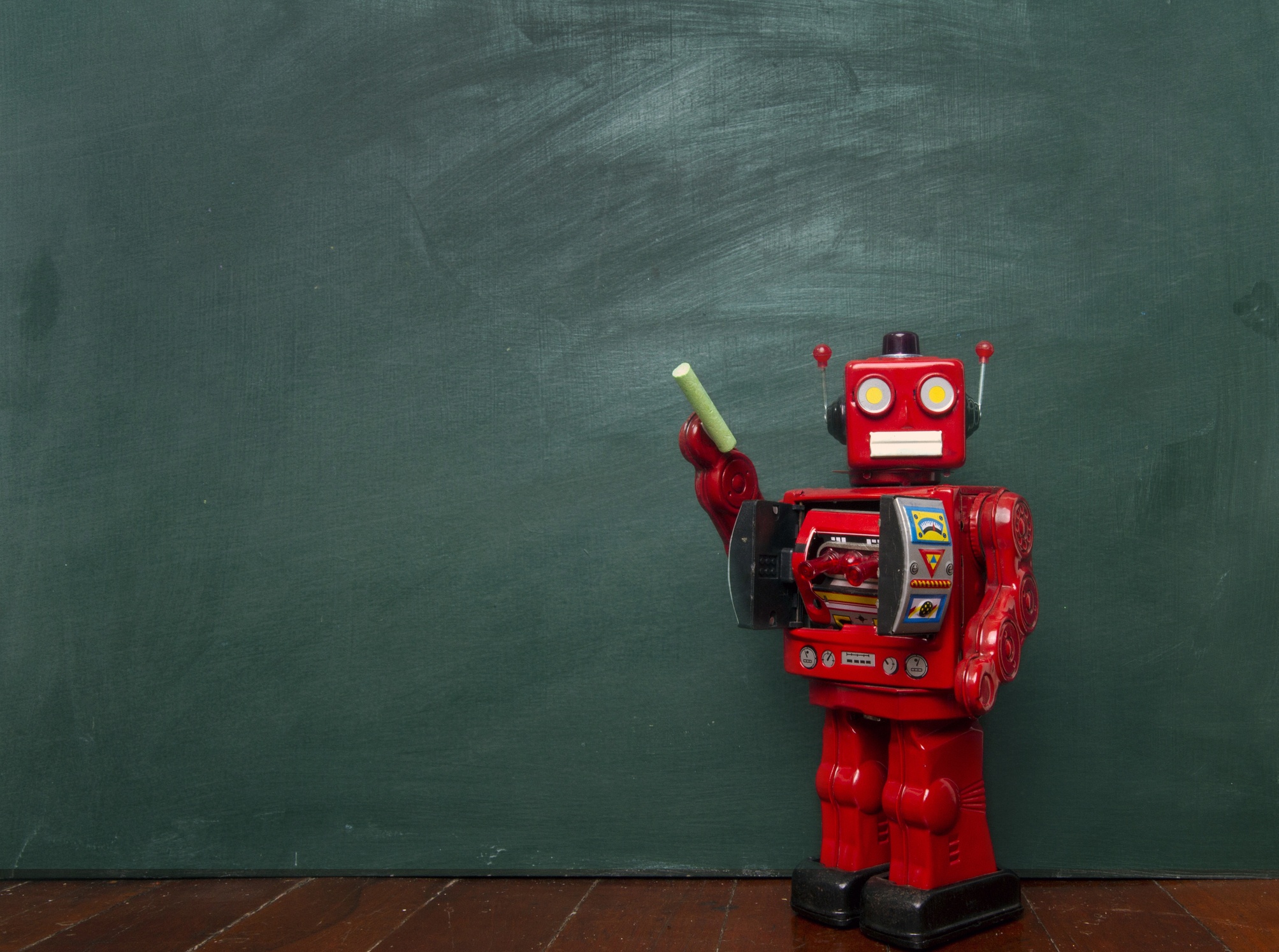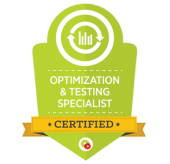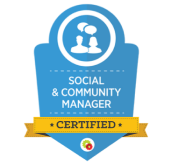In Reflections on Technology in Schools in the time of Covid Part 1, we looked at how some technology has become or might become, a feature of school education as a result of our (post)Covid experience.
But what might we expect in the longer term?
Unfortunately, “expect” is perhaps too strong or too optimistic a term to use.
New technologies have to have time to prove themselves before schools en masse will be willing to adopt them.
There are also financial constraints and, above all, the day-to-day pressures.
What headteacher, after all, is going to fret about how blockchain might be implemented while half the students have had to be sent home to isolate and an Ofsted inspection is around the corner.
Nevertheless, a bit of “blue sky thinking” is often enjoyable, and sometimes even useful.
Artificial Intelligence (AI)
In principle, this would be a life-saver in schools.
Just in terms of the amount of new data being generated in schools because of recording new kinds of attendance (see the previous article), having a piece of code working on the data and not merely reporting but predicting likely student outcomes would enable schools to be even more proactive.
There are many potential benefits of AI in schools, and some potential pitfalls, but perhaps this is largely academic at the moment.
Why? Because by and large, the technology is not really there yet in my opinion.
At least, it doesn’t seem to be robust enough to trust it to make predictions that could affect how you provide schooling to some of your students.
Besides, there are issues of bias and legality too. It’s no longer news to assert that many computer algorithms, far from avoiding human biases, have embedded them.
As if that wasn’t bad enough, much of the time when AI comes to a conclusion, it doesn’t know how it did so.
That means, it cannot be challenged in any meaningful way.
Imagine AI telling Student A that she doesn’t have the aptitude for university, and then the school and her university choices acting on this “Computer says ‘no’” advice.
One of the stipulations of the GDPR is that people have the right to question decisions made automatically by an algorithm.
Add to that requirement the fact that companies regard their AI code as a closely-guarded secret, and you can see why it will be some time before AI is a major part of the education landscape.
Chatbots
Chatbots, or automated assistants, are beginning to find their way into education, especially HE.
A well-designed chatbot in schools could be a godsend in these times.
If some of a school’s admin staff are having to self-isolate, a chatbot could answer many of parents’ queries and concerns.
Chatbots could also assist in students’ learning. For example, they could chat with a student to determine how well he has understood a concept, and record a grade accordingly.
Or a chatbot could ascertain a student’s needs, and then suggest online resources she would benefit from consulting.
All-in-all, the potential for chatbots in education seems to me to be more realisable, or realisable sooner, than that of more general AI.
Blockchain
The potential for the education of this technology is huge.
It’s largely associated with cryptocurrencies like Bitcoin, but it has far wider implications.
Without delving into the technicalities, blockchain enables a great deal of information to be stored in a decentralised fashion such that if one part gets compromised, the information is still intact.
These “nodes” are linked, and conditions can be applied. For example, students’ achievements can be recorded and stored in a blockchain, with accreditation (perhaps in the form of badges) being given when certain conditions are satisfied.
If a student changes schools, the record of what they have already studied, and how it differs from what the new school offers, can be very easily ascertained.
One of the problems facing teachers who wish to make some money from the resources they develop in their own time and at their own expense is piracy.
With blockchain, it will be relatively easy to guard against that.
